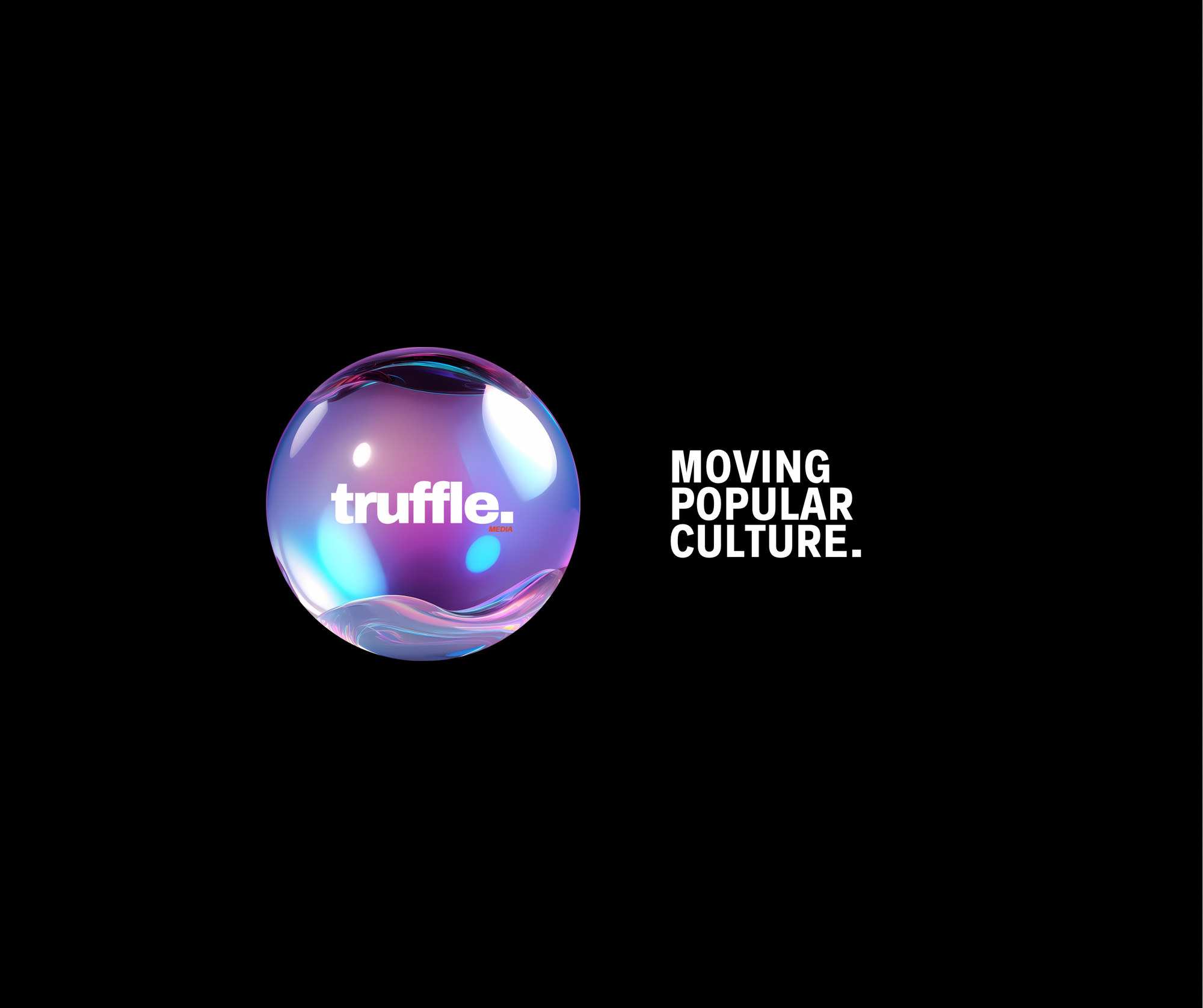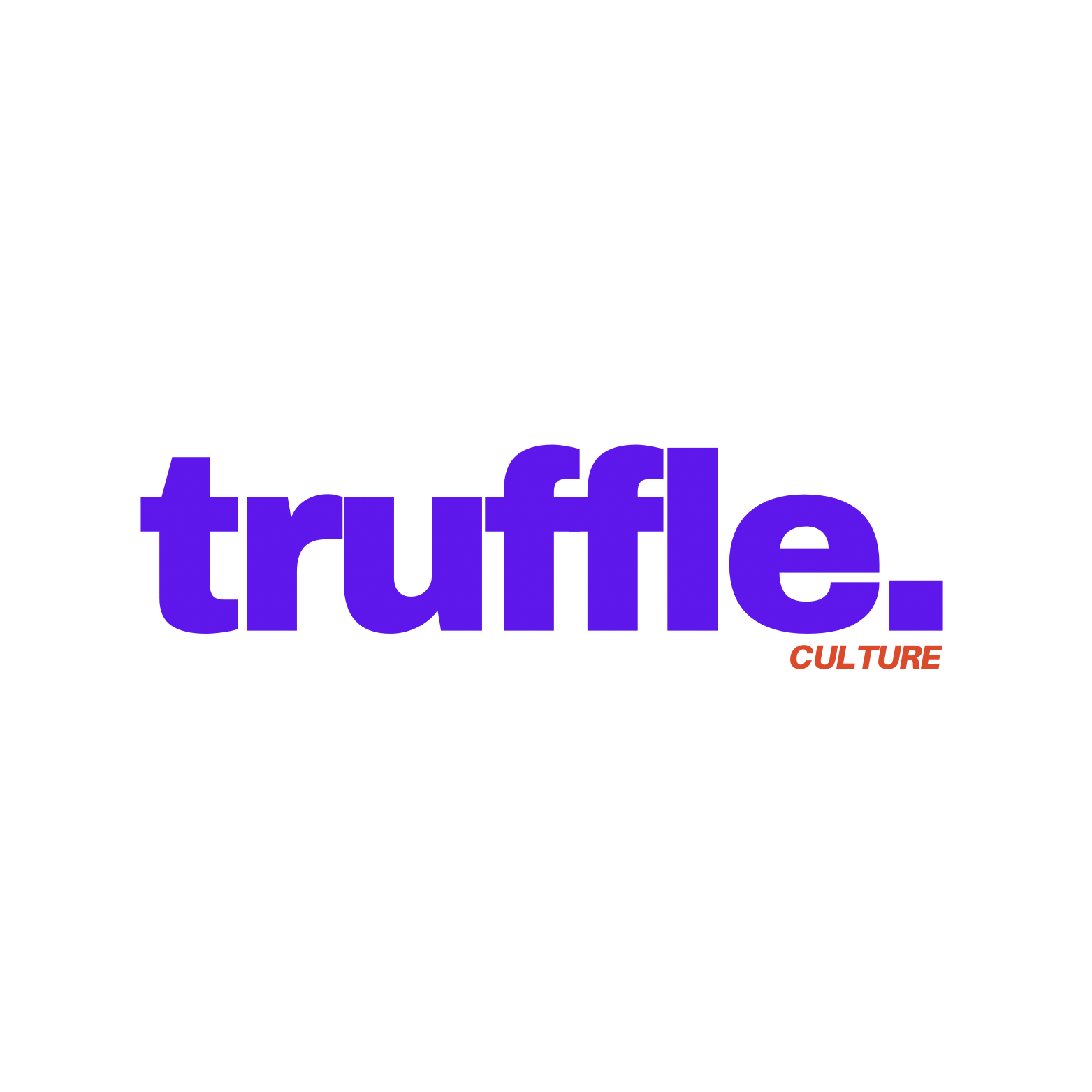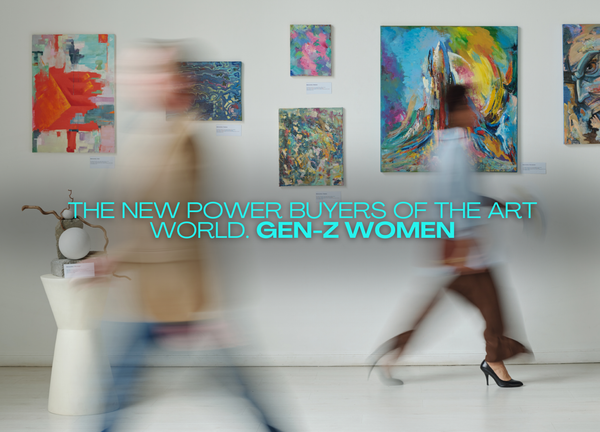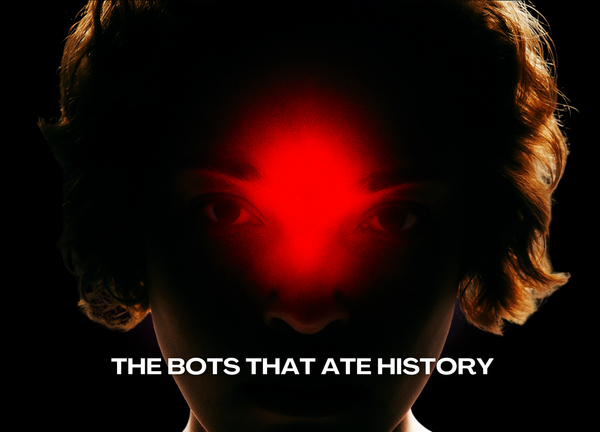What Is Hyperpop? Origins, Artists, and the Genre’s TikTok Takeover
Hyperpop is noisy, ironic, and impossibly online. Here’s the origin story of music’s most chaotic genre and why it matters now.
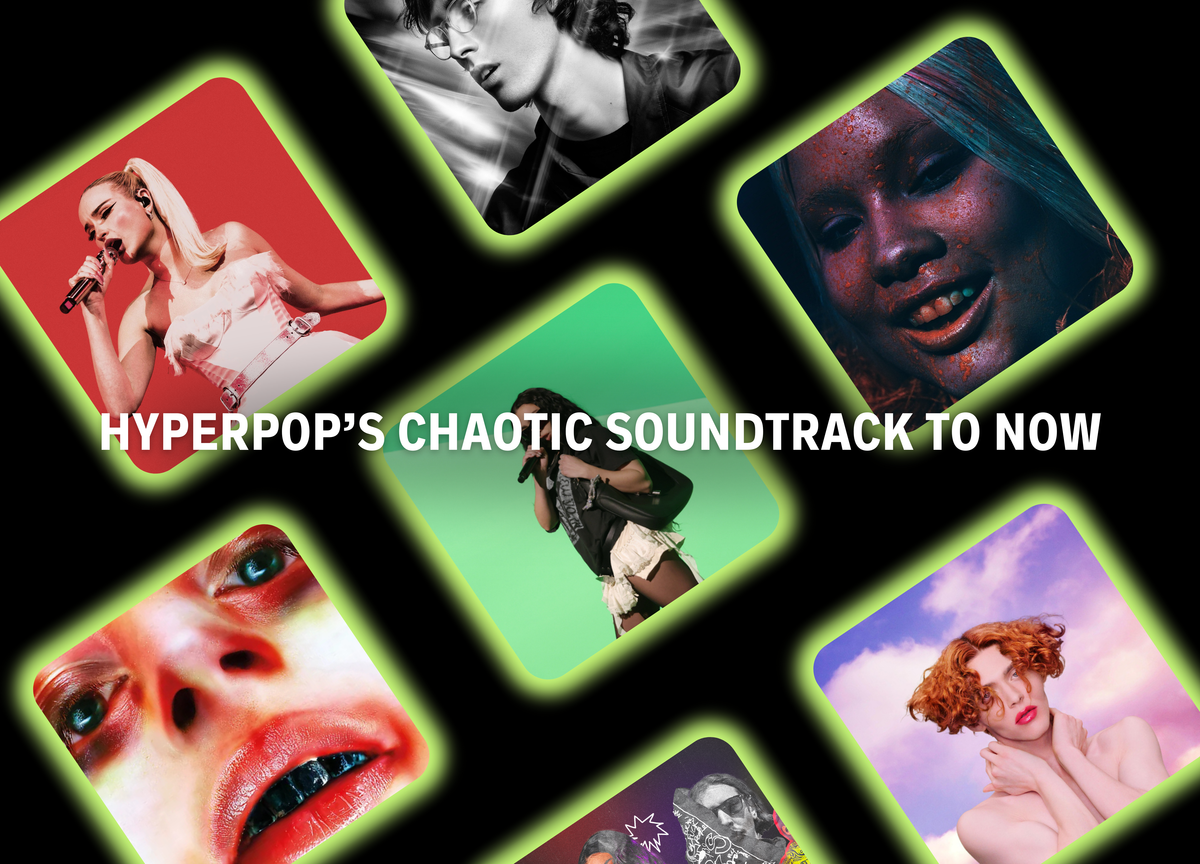
The Sound of Hyperpop: Distortion as Identity
The Context
Close your eyes and let the sound hit: a warped vocal loop stutters over a candy-coated synth, exploding into a bass drop that feels like a digital fever dream. This is hyperpop, the genre-less genre that’s become 2025’s sonic pulse. Born in SoundCloud’s murky corners and amplified by TikTok’s frenetic scroll, hyperpop—think Charli XCX’s Brat, 100 gecs’ 10,000 gecs, or the late SOPHIE’s glitchy anthems—defies convention with its maximalist chaos. Spotify’s hyperpop playlist boasts 469,600 saves, while Charli XCX’s 2024 album topped Billboard’s Dance/Electronic chart. On X, fans like CharliStan call it “the sound of our unhinged era,” yet detractors dub it “noise for Zoomers.”
But what makes hyperpop more than a fleeting internet fad? At Truffle Culture, we see it as a cultural mirror, reflecting a generation unshackled from genre and glutted on digital overload. Like streetwear’s pivot to quiet luxury or Gen Z’s wellness rituals, hyperpop is a rebellion—a sonic collage of irony, excess, and raw feeling. To understand its grip, we must trace its roots and interrogate its resonance. What does hyperpop’s chaos reveal about our fractured now?
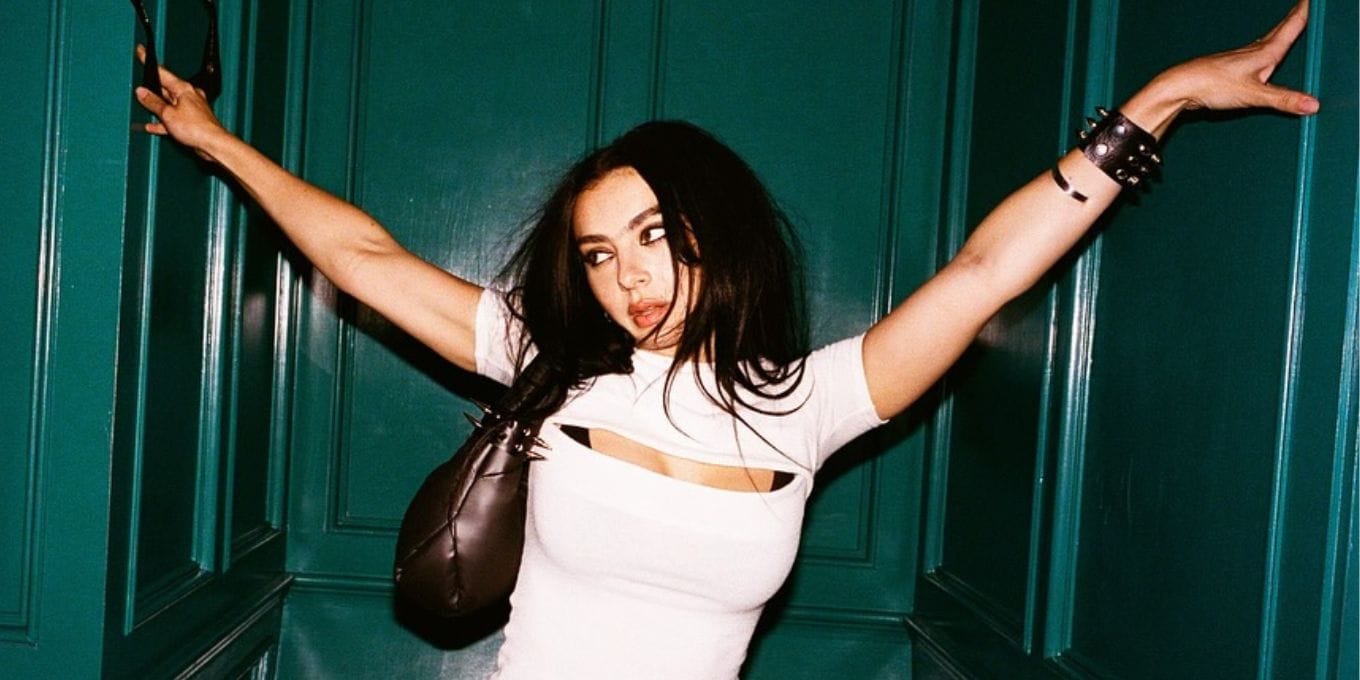
The Roots of Hyperpop’s Digital Rebellion
Hyperpop’s lineage is as tangled as its sound. Emerging in the mid-2010s, it was coined by PC Music’s A.G. Cook, who blended bubblegum pop with industrial noise, creating tracks that felt like a MySpace page on steroids. SOPHIE, a visionary producer, pushed the genre further, her 2018 album Oil of Every Pearl’s Un-Insides fusing distorted beats with euphoria. By 2020, 100 gecs’ 1000 gecs crystallized hyperpop’s ethos: a frenetic mashup of ska, emo, and EDM, born from Discord servers and bedroom studios. The Atlantic called it “the sound of the internet breaking,” a nod to its chaotic, algorithm-fed DNA.
This isn’t pop’s first rebellion. The 1980s saw synthpop’s sleek futurism, while the 2000s birthed bloghouse’s sweaty dance-punk. But hyperpop is uniquely post-digital, shaped by a generation that grew up on YouTube tutorials and meme culture. A 2024 Pew Research study found 71% of Gen Z spend over four hours daily online, their tastes molded by TikTok’s 15-second dopamine hits. Hyperpop thrives here, its abrupt tempo shifts and ironic lyrics—like Charli’s “I’m so Julia” nod to Mean Girls—mirroring the internet’s fragmented attention.
Yet, hyperpop’s roots aren’t just technological—they’re cultural. Its embrace of queer and trans identities, from SOPHIE’s subversive anthems to Arca’s experimental soundscapes, challenges pop’s heteronormative polish. It’s a sonic parallel to the Met Gala’s Black dandyism, where marginalized voices reclaim space through bold expression. But as hyperpop spills into the mainstream, with Charli headlining Coachella 2025, is it still a rebellion—or a commodified vibe?
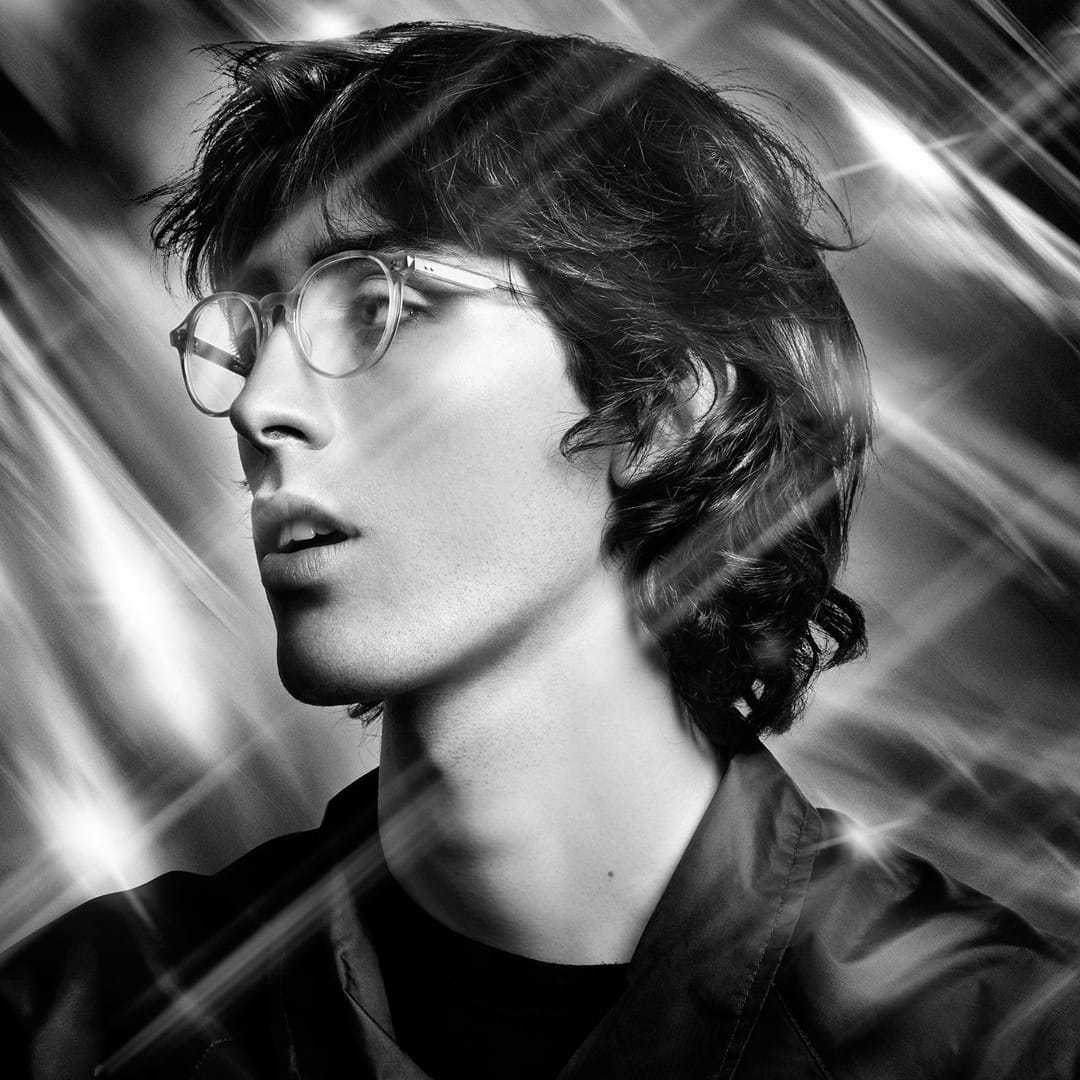
The Critique: Future Sound or Fleeting Noise?
Hyperpop’s power lies in its refusal to be boxed. It’s not just music; it’s a mindset, shredding genre rules with gleeful anarchy. Tracks like 100 gecs’ “money machine” layer distorted screams over sugary melodies, a middle finger to pop’s predictability. Cultural critic Simon Reynolds likens it to “glitch art,” where imperfection becomes the point, reflecting a world where AI filters and deepfakes blur reality. Hyperpop’s DIY ethos—most artists produce on laptops, not studios—democratizes creation, echoing the zine culture we celebrated. Its TikTok virality, with #hyperpop garnering 1.2 billion views, makes it a cultural force, shaping how Gen Z hears and feels.
But let’s pause and probe. Hyperpop’s chaos can feel like a sugar rush—thrilling, then exhausting. Pitchfork notes that artists like Charli are already rejecting the “hyperpop” label, pivoting to subgenres like digicore or “slushwave,” suggesting its shelf life may be short. Its accessibility, while liberating, risks dilution; when every bedroom producer can mimic SOPHIE’s distortion, does the sound lose its edge? X skeptics call it “meme music,” arguing it sacrifices depth for virality. And as brands like Red Bull curate hyperpop playlists, the genre’s anti-corporate roots face commodification, much like streetwear’s quiet luxury shift.
At Truffle Culture, we argue hyperpop is both a revolution and a riddle. It’s revolutionary for giving voice to the marginalized and rewiring pop’s DNA, creating a sonic space where chaos is catharsis. But it’s a riddle because its fleeting nature—tied to TikTok’s churn—threatens its legacy. The challenge is preserving its raw spirit as it scales, ensuring hyperpop remains a rebellion, not a ringtone. Community-driven platforms like SoundCloud’s hyperpop hubs or queer music collectives offer hope, keeping the genre’s heart beating beyond corporate playlists.
The Conversation: What Hyperpop Tells Us
Hyperpop is 2025’s chaotic soundtrack, a mirror to a world drowning in noise yet craving connection. Like the analog resurgence’s slowness or the Met Gala’s tailored defiance, it’s a response to overload—not by retreating, but by embracing the mess. Its warped beats and ironic lyrics capture a generation that laughs through anxiety, loves through glitchy screens. But it forces us to ask: Can chaos sustain a culture? Will hyperpop shape pop’s future, or burn out in its own intensity?
The answer lies in its community. Hyperpop thrives in Discord chats, TikTok duets, and late-night SoundCloud uploads, where fans and artists co-create. It’s a reminder that culture, at its best, is collaborative, not curated. At Truffle Culture, we see hyperpop as a call to lean into the absurd, to find meaning in the static. Its legacy depends on whether we let it evolve—or let it be tamed.
Join the Dialogue
Hyperpop’s glitchy pulse is the sound of now—raw, unfiltered, gloriously unhinged. But is it a revolution or a moment? At Truffle Culture, we’re hooked on its chaos and curious about its future. What’s your hyperpop anthem, and what does it say about you? Share in the comments, and let’s unpack what this sound means for the culture we’re shaping together.
